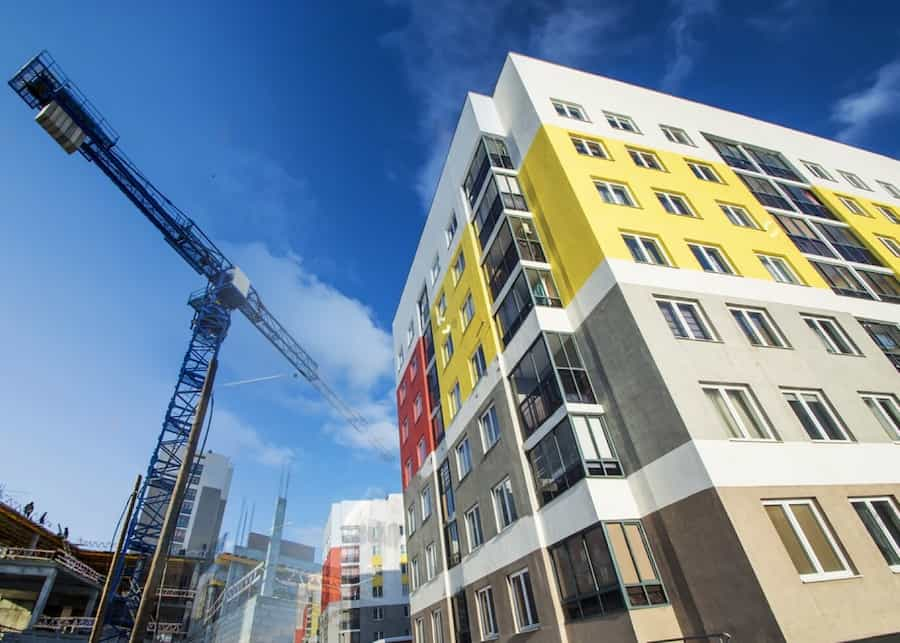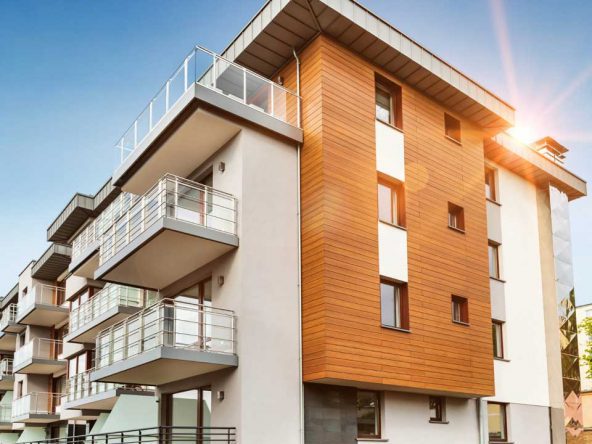In Kenya, understanding the distinctions between social housing and affordable housing is essential for grasping how various initiatives address the country’s housing needs. This newsletter explores these two concepts, their financing methods, and their impact on the housing sector.
Kenya’s housing landscape is shaped by both social and affordable housing initiatives. Social housing focuses on the most vulnerable populations, while affordable housing aims to serve a broader range of income levels. Each approach has distinct goals and methods, impacting the overall effectiveness of housing policies.
Social Housing
Social housing is typically funded by government or non-profit organizations, targeting low-income individuals and families. It aims to provide safe, stable housing to those who might otherwise be homeless or living in inadequate conditions. Challenges include securing sufficient funding and managing long waiting lists.
Affordable Housing
Affordable housing encompasses a range of financing models, including government subsidies, public-private partnerships, and innovative options like green bonds and impact investing. These models seek to make housing accessible to moderate-income families and stimulate broader market activity. Challenges include balancing affordability with quality and securing reliable funding sources.
Regulatory Framework
In Kenya, affordable housing is guided by national policies and regulations designed to increase housing accessibility and supply. The regulatory framework includes incentives and subsidies such as tax breaks for developers and reduced mortgage interest rates, aiming to lower construction costs and make homeownership more affordable. The Central Bank of Kenya oversees mortgage lenders to ensure accessible financing, while public-private partnerships (PPPs) are encouraged to leverage private sector investment and efficiency in housing development. Environmental and building standards further ensure that affordable housing projects are sustainable and safe.
Social housing, on the other hand, is managed by government bodies and non-profit organizations, focusing on providing housing to the most vulnerable populations. Regulatory frameworks govern funding, eligibility criteria, and maintenance standards to ensure that social housing projects effectively address the needs of low-income households. Legal protections for tenants in social housing ensure stability and fairness, including rights related to eviction and rent control. While affordable housing aims to make homeownership broadly accessible through market-based solutions, social housing provides targeted support through government and non-profit efforts.
Advantages and Challenges
Social housing plays a crucial role in addressing severe housing needs and reducing homelessness, while affordable housing initiatives broaden access to homeownership and improve living standards. Each approach faces challenges, including funding constraints and bureaucratic delays.
Solutions and Future Prospects
To address these challenges, solutions include diversifying funding sources, streamlining regulatory processes, and enhancing public-private partnerships. As Kenya continues to urbanize, effective strategies and innovative solutions will be essential for meeting housing demands and ensuring equitable development.
Conclusion
Both social and affordable housing play critical roles in Kenya’s housing sector. Understanding their differences and how they complement each other can help stakeholders develop more effective strategies to address the country’s housing needs.
Disclaimer:
Please note that the information provided in this article is for general informational purposes only and should not be construed as legal advice. It is always advisable to consult with a qualified legal professional to discuss your specific circumstances and obtain tailored legal counsel.





